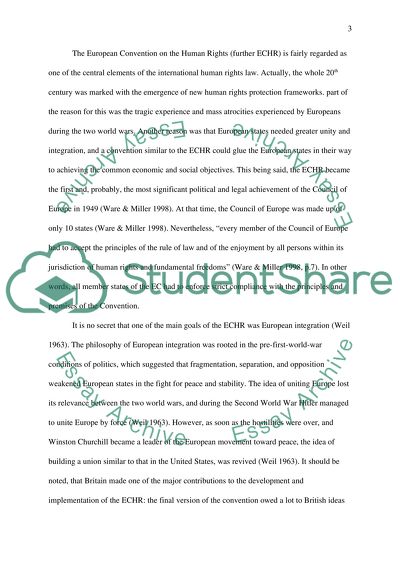Cite this document
(“How has the European Convention on Human Rights contributed to Dissertation”, n.d.)
Retrieved from https://studentshare.org/law/1394632-how-has-the-european-convention-on-human-rights
Retrieved from https://studentshare.org/law/1394632-how-has-the-european-convention-on-human-rights
(How Has the European Convention on Human Rights Contributed to Dissertation)
https://studentshare.org/law/1394632-how-has-the-european-convention-on-human-rights.
https://studentshare.org/law/1394632-how-has-the-european-convention-on-human-rights.
“How Has the European Convention on Human Rights Contributed to Dissertation”, n.d. https://studentshare.org/law/1394632-how-has-the-european-convention-on-human-rights.


